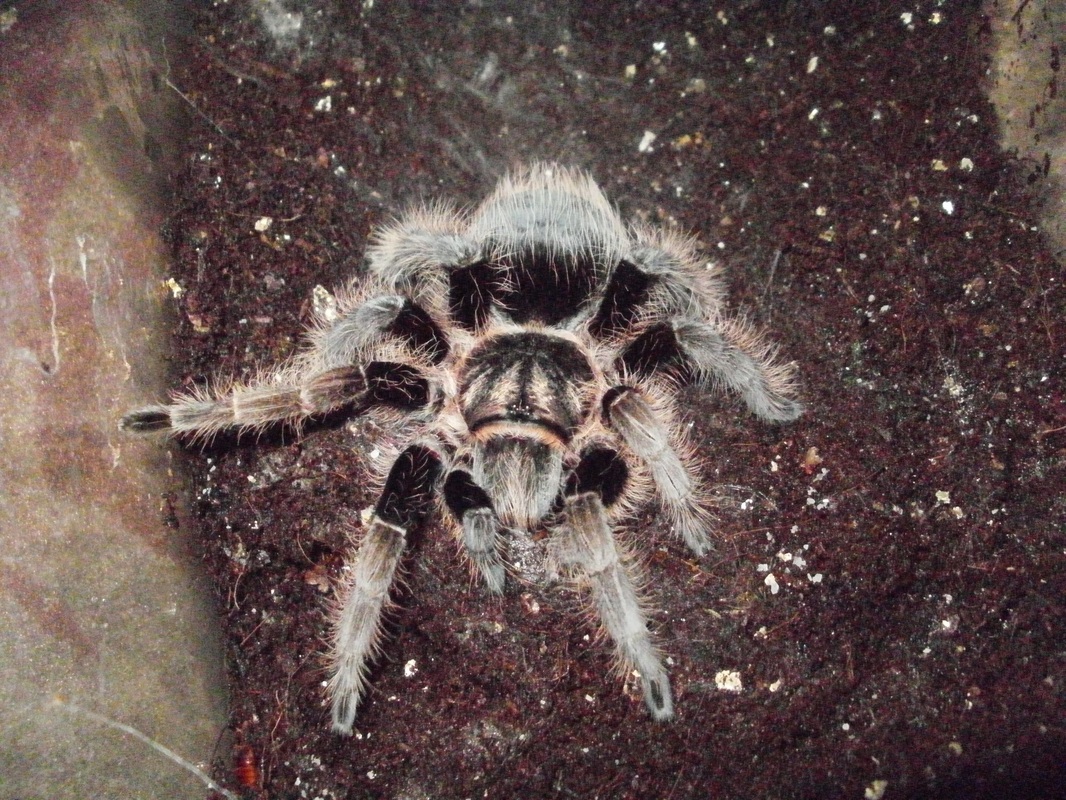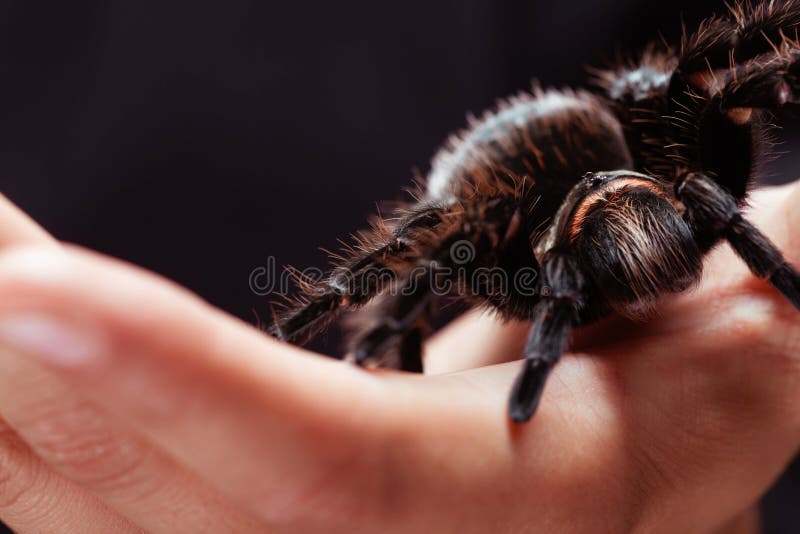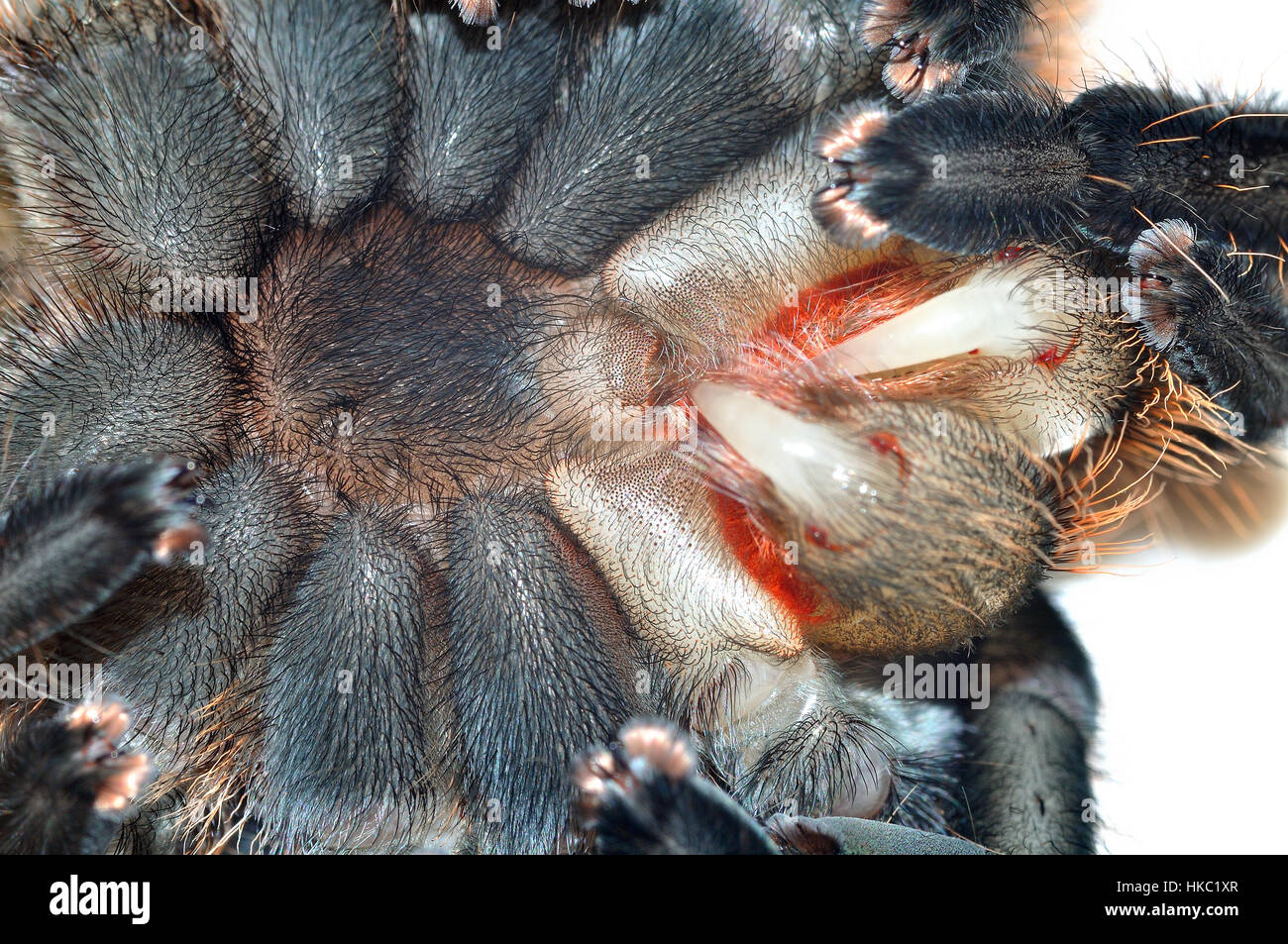Honduran Curly Hair Tarantula Care Sheet
February 28, 2023
Edit

Honduran Curly Hair Tarantula Care Sheet
Introduction
The Honduran Curly Hair Tarantula (Grammostola rosea) is an arachnid, part of the Theraphosidae family. It is found in Honduras, Nicaragua, Costa Rica, and Panama. It is one of the most popular tarantula species kept as a pet. As with all spiders, it is important to research the species prior to obtaining one and to ensure that the proper care is given.
Housing and Humidity Requirements
Honduran Curly Hair Tarantulas need a spacious terrarium that is at least five times the size of the spider. A 20-gallon tank is suitable for an adult. The terrarium should have a secure lid, as the spider is a climber and may escape. Substrate should be a few inches deep, and can include coconut fiber, peat moss, or bark chips. The terrarium should also include a hide area and some plants for decoration.
The terrarium should be kept at a temperature of 70-80 degrees Fahrenheit and the humidity should be kept between 60-70%. Humidity can be maintained by misting the substrate regularly with a spray bottle. It is also important to have a water dish that is refilled on a regular basis.
Feeding and Handling
The Honduran Curly Hair Tarantula is a carnivore, and can be fed a variety of prey items. These include crickets, mealworms, superworms, and waxworms. It is important to only feed the spider prey that is smaller than itself. The spider should be fed once or twice a week.
It is important to note that tarantulas should not be handled. They can be skittish, and may bite if they feel threatened. If the spider needs to be handled, it is important to use a pair of tweezers or a cup and to make sure that the spider is firmly held.
Shedding and Molting
Tarantulas will shed their exoskeleton as they grow. This is known as molting. During this process, the spider will enter a pre-molt stage where it will become sluggish and stop eating. The spider will then molt, and the exoskeleton will remain in the terrarium. The spider should be left alone during this process.
After molting, the spider may become more active. It is important to provide the spider with a shallow water dish and to feed it after molting, as it may be hungry. It is also important to ensure that the spider does not become dehydrated.
Conclusion
The Honduran Curly Hair Tarantula is a popular pet spider and can make a great addition to any home. It is important to research the species prior to obtaining one, and to ensure that the proper care is given. It is important to provide the spider with a spacious terrarium, maintain the proper humidity, and provide a variety of prey items. It is also important to not handle the spider and to provide it with a shallow water dish to avoid dehydration. Molting is a natural part of the spider’s life cycle and should not be disturbed during this process. With the proper care and attention, the Honduran Curly Hair Tarantula can be a great pet and a wonderful addition to any home.
10 Different Types of Tarantulas

Honduran Curly Hair Tarantulas For in 2020 | Tarantula, Tarantula facts

HONDURAN CURLY HAIR TARANTULA (Krulhaar vogelspin) | Pet tarantula, Sea

Honduran Curly Hair Tarantula (Brachypelma albopilosum) | Tarantula

Pink Curly Hair Tarantula Idea - Curly Hair

Honduran Curly Hair Tarantula with 4 crickets in its mouth : natureismetal
Honduran Curly Hair Tarantulas as Pets: Lifespan, Size and Care Info

Honduran Curlyhair Tarantula On The Hand Stock Photo - Image of female

Care for a Brachypelma Albopilosum (Honduran Curly Hair)
Honduran Curly Hair (Brachypelma Albopilosum) Tarantula showing its
